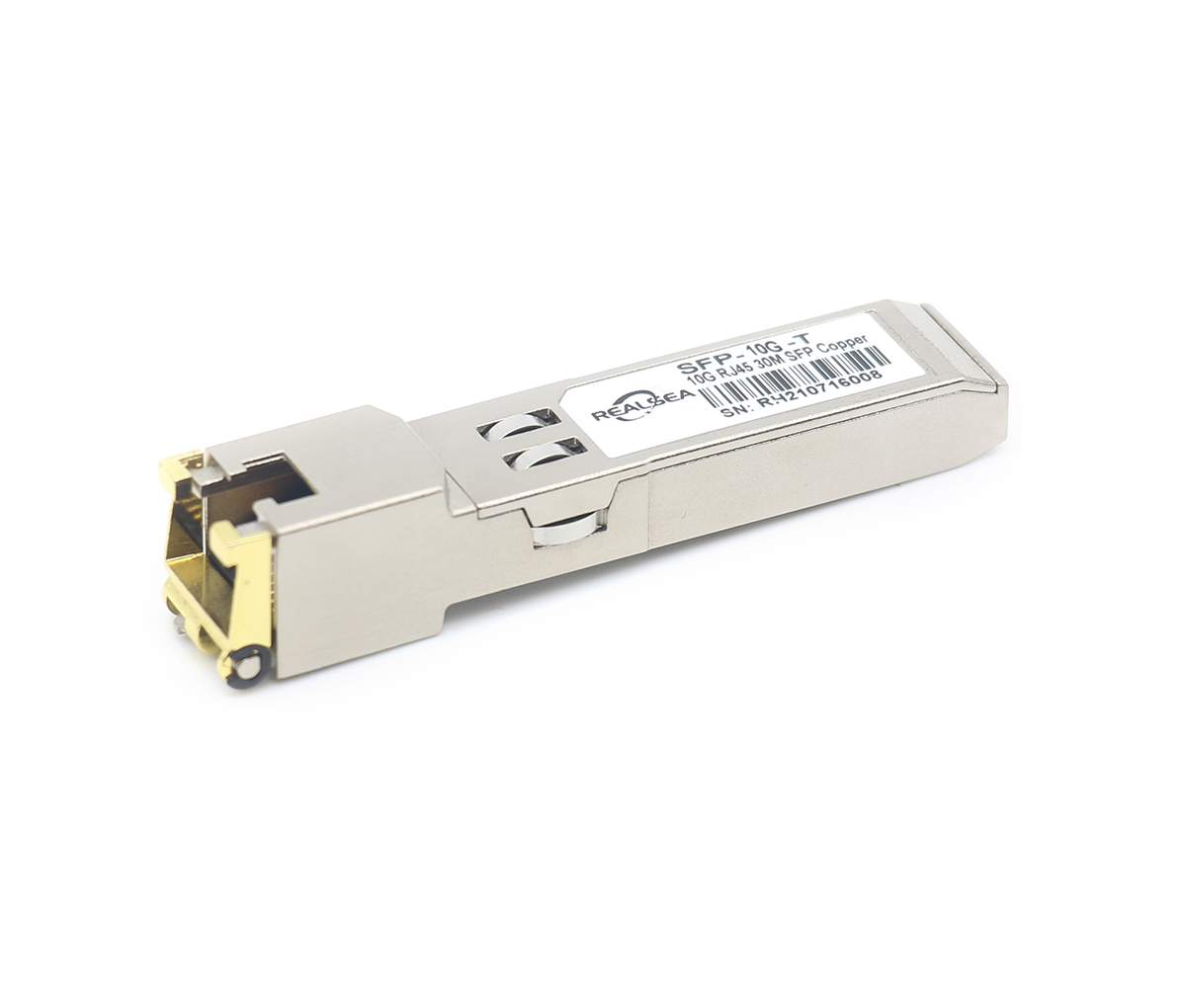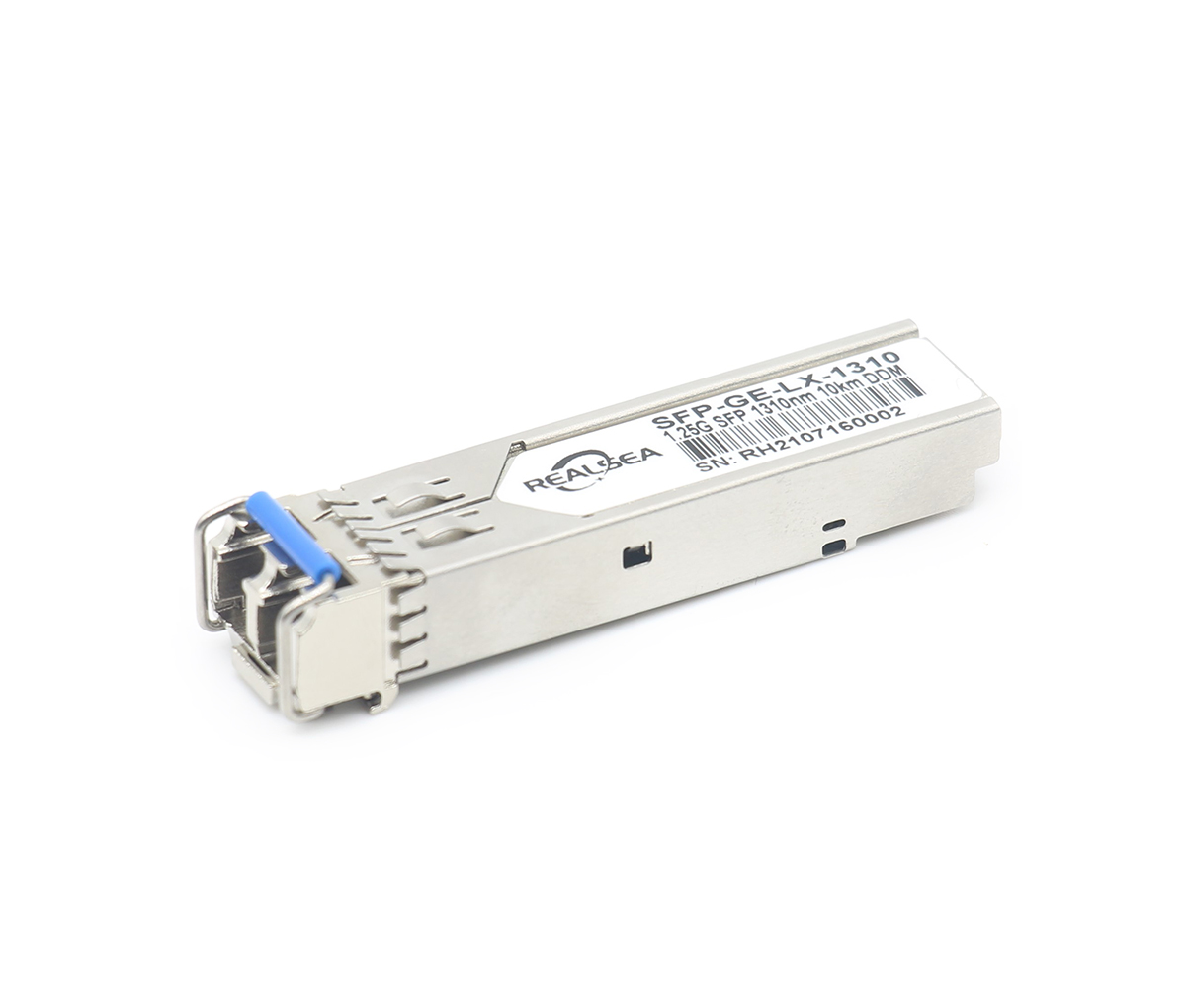Release Date: Mar 26,2022
Most optical SFP transceivers support SFF-8472 (industry standard multilateral protocol). According to the SFF-8472 protocol, the Digital Diagnostic Monitor (DDM, Digital Diagnostic Monitor) function must be supported. This feature enables end users to detect SFP parameters in real time. For example, there are five basic monitoring quantities: temperature (Temperature), transceiver supply voltage (Vcc), laser bias current (Tx Bias Current), optical output power (Tx Power), and input power (Rx Power).
GBIC modules are divided into two categories: one is the GBIC module used in common cascade to realize common connection with other switches; the other is the dedicated GBIC module for stacking to realize redundant connection with other switches.
GBIC is basically replaced by SFP for the following reasons:
SFP (Small Form-factor Pluggables) can be simply understood as an upgraded version of GBIC.
SFP module (the volume is reduced by half compared to the GBIC module, and the number of ports can be more than doubled on the same panel.
Because the SFP module is basically the same as the GBIC in function, it is also called Mini-GBIC (Mini-GBIC) by some switch manufacturers.
SFP modules further compress size and power consumption by placing CDR and electrical dispersion compensation outside the module. For optical communication applications in telecommunication and data communication. SFP connects the motherboard of network equipment such as switches, routers and other equipment and optical fiber or UTP cables. SFP is an industrial specification supported by some fiber optic component providers.
SFP supports SONET, Gigabit Ethernet, Fibre Channel (Fiber Channel) and some other communication standards. This standard extends to SFP+, which supports 10.0 Gbit/s transfer rates, including 8 gigabit Fibre Channel and 10GbE. Introduced SFP+ module versions of fiber and copper core versions, compared to the Xenpak, X2 or XFP versions of the modules, SFP+ modules leave part of the circuit implemented on the motherboard instead of in the module

Rate classification According to the speed, there are 155M/622M/1.25G/2.125G/4.25G/8G/10G, 155M and 1.25G are more used in the market, 10G technology is gr...
Most optical SFP transceivers support SFF-8472 (industry standard multilateral protocol). According to the SFF-8472 protocol, the Digital Diagnostic Monitor...

Due to the high bandwidth and low attenuation brought by optical fiber, the speed of the network is taking a huge leap. Fiber optic transceiver technology i...